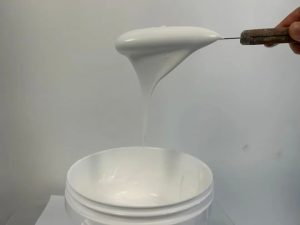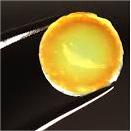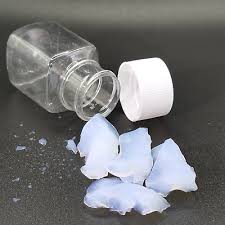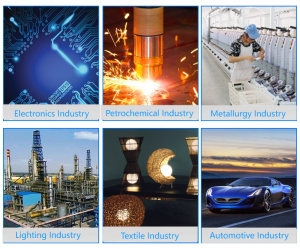Professional industry ceramic supplier, silicon nitride, silicon carbide, aluminum nitride and any other kinds of ceramics.
1. Introduction
In the past 48 hours, global manufacturers have reported a surge in demand for high-temperature-resistant components amid renewed investments in clean metal refining and semiconductor production—two fields where the silicon carbide crucible plays a pivotal role. As industries push toward energy efficiency and material purity, this advanced ceramic vessel has become indispensable.
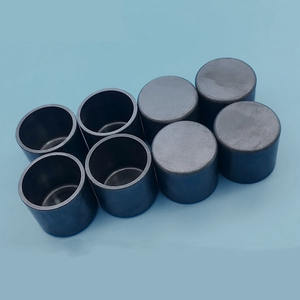
Silicon carbide crucibles are not just lab curiosities; they’re workhorses in foundries, research labs, and even gourmet kitchens. But what exactly sets them apart? And how do they compare to alternatives like zirconia crucibles or silicon nitride-based systems? Let’s dive in.
2. What Is a Silicon Carbide Crucible?
A silicon carbide crucible is a container made from silicon carbide (SiC), an advanced ceramic renowned for its exceptional thermal conductivity, chemical inertness, and resistance to thermal shock. Unlike traditional clay or graphite crucibles, SiC versions maintain structural integrity at temperatures exceeding 1,600°C (2,912°F).
These crucibles are sintered under high pressure and temperature, resulting in a dense, durable structure ideal for melting non-ferrous metals like aluminum, copper, and zinc—without contaminating the melt.
3. Key Properties and Advantages
- Extreme thermal shock resistance: Can withstand rapid heating and cooling cycles.
- High thermal conductivity: Heats evenly and efficiently, reducing energy consumption.
- Excellent corrosion resistance: Resists attack from molten salts and aggressive slags.
- Long service life: Outlasts graphite and alumina crucibles in many applications.
Because of these traits, the silicon carbide crucible is favored in both industrial casting and laboratory settings where purity and repeatability matter.

4. Silicon Carbide vs. Other Advanced Ceramics
4.1 Boron Carbide vs Silicon Carbide
While boron carbide (B4C) is harder and used in armor and abrasives, it’s less thermally conductive and more expensive than silicon carbide. For crucible applications requiring heat transfer—not hardness—silicon carbide wins hands down.
4.2 Silicon Nitride Alternatives
Silicon nitride (Si3N4) offers superb fracture toughness and is used in components like silicon nitride rings, plates, and even custom silicon nitride heat shields. Some specialized labs use silicon nitride crucibles from a silicon nitride crucible factory for ultra-high-purity melts. However, Si3N4 is generally costlier and less thermally conductive than SiC, making it less common for bulk melting.
5. Beyond Crucibles: The Versatility of Silicon Carbide Ceramics
The utility of silicon carbide extends far beyond crucibles. Its robust nature supports a wide array of products:
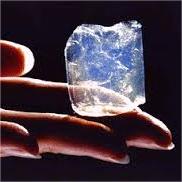
- Silicon carbide ceramic tiles and rbsic silicon carbide tile blocks for kiln linings
- Silicon carbide ceramic columns and bricks for furnace construction
- Silicon carbide burner nozzles and thermocouple protection tubes for industrial heating
- Silicon carbide tubes—including porous, mullite-composite, and zirconia-reinforced variants—for high-temp fluid handling
Even in plumbing, silicon carbide ceramic disc taps and quarter-turn valves leverage SiC’s wear resistance for long-lasting performance.
6. Unexpected Uses: Silicon Carbide in Kitchenware
Surprisingly, silicon carbide has entered the culinary world. Brands now offer:
- Silicon carbide ceramic baking dishes and casserole dishes with lids
- Silicon carbide ceramic dinner plates (white, black, and handcrafted varieties)
- Silicon carbide ceramic serving bowls, salad bowls, pie dishes, and ramekins
Marketed as ‘silicon carbide ceramic dinnerware,’ these items combine aesthetic appeal with oven-to-table durability. Unlike conventional ceramics, they resist chipping and distribute heat evenly—ideal for baking and roasting.
Note: Despite the name, consumer-grade ‘silicon carbide’ kitchenware often contains only trace amounts of SiC blended into traditional stoneware for enhanced strength, not pure SiC like industrial crucibles.
7. Manufacturing and Market Trends
Advanced ceramics manufacturing continues to evolve, with innovations in reaction-bonded silicon carbide (RBSiC) enabling complex shapes like silicon carbide ceramic pillars and custom furnace plates. Meanwhile, the high purity silicon nitride powder market grows in parallel, supporting next-gen semiconductor and aerospace components.
Demand for silicon carbide crucibles is also rising in recycling operations, where consistent performance during repeated metal melts reduces waste and downtime.
8. Conclusion
From molten metal foundries to artisanal dinner tables, the silicon carbide crucible exemplifies how advanced ceramics bridge industrial rigor and everyday utility. Its unmatched blend of thermal resilience, longevity, and versatility ensures it remains a cornerstone material across sectors. As technology advances, expect to see even more innovative applications—from silicon carbide ceramic pipes in harsh chemical environments to precision-engineered silicon carbide discs in electronics manufacturing.
Our Website founded on October 17, 2012, is a high-tech enterprise committed to the research and development, production, processing, sales and technical services of ceramic relative materials such as What. Our products includes but not limited to Boron Carbide Ceramic Products, Boron Nitride Ceramic Products, Silicon Carbide Ceramic Products, Silicon Nitride Ceramic Products, Zirconium Dioxide Ceramic Products, etc. If you are interested, please feel free to contact us.

